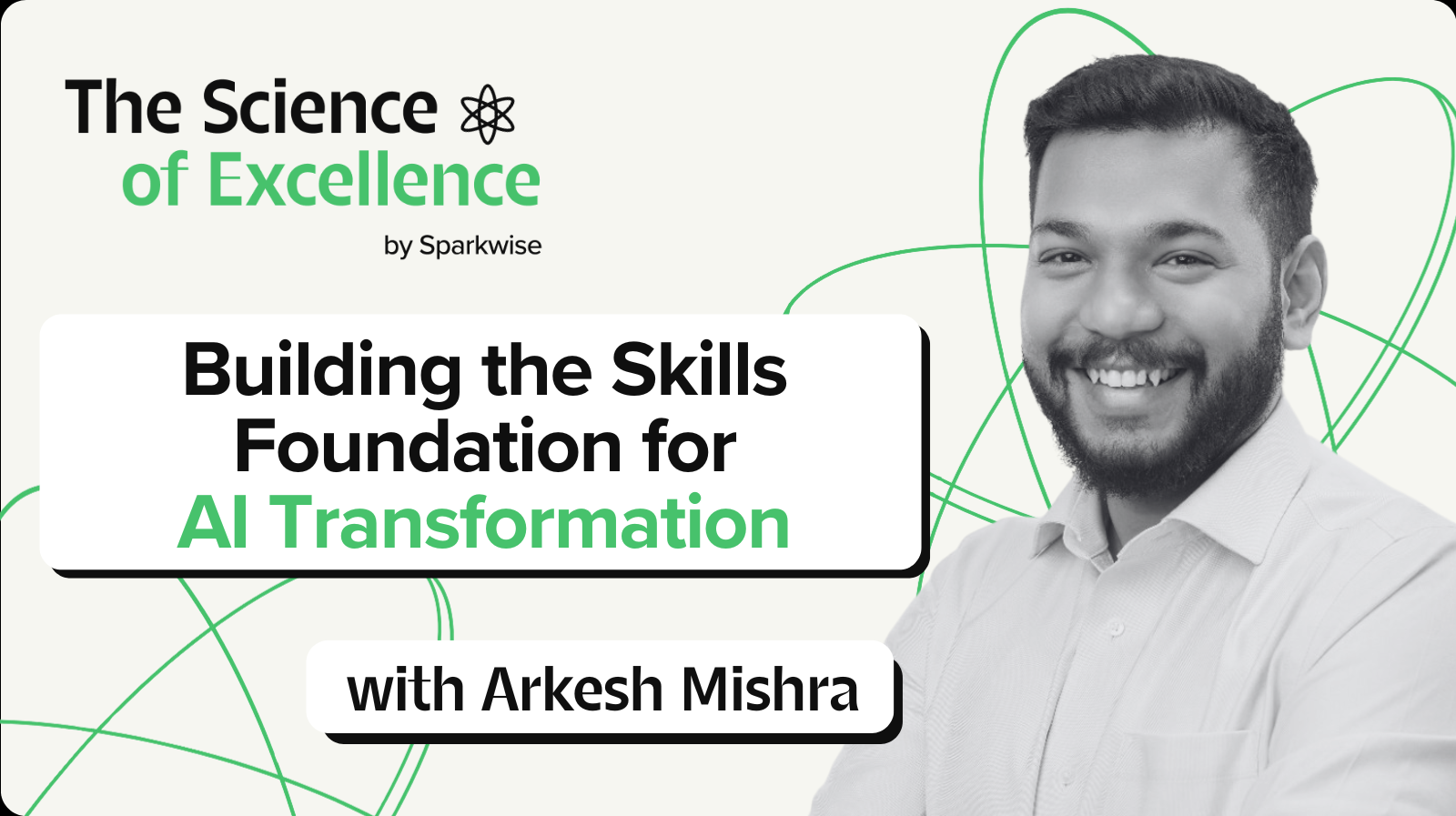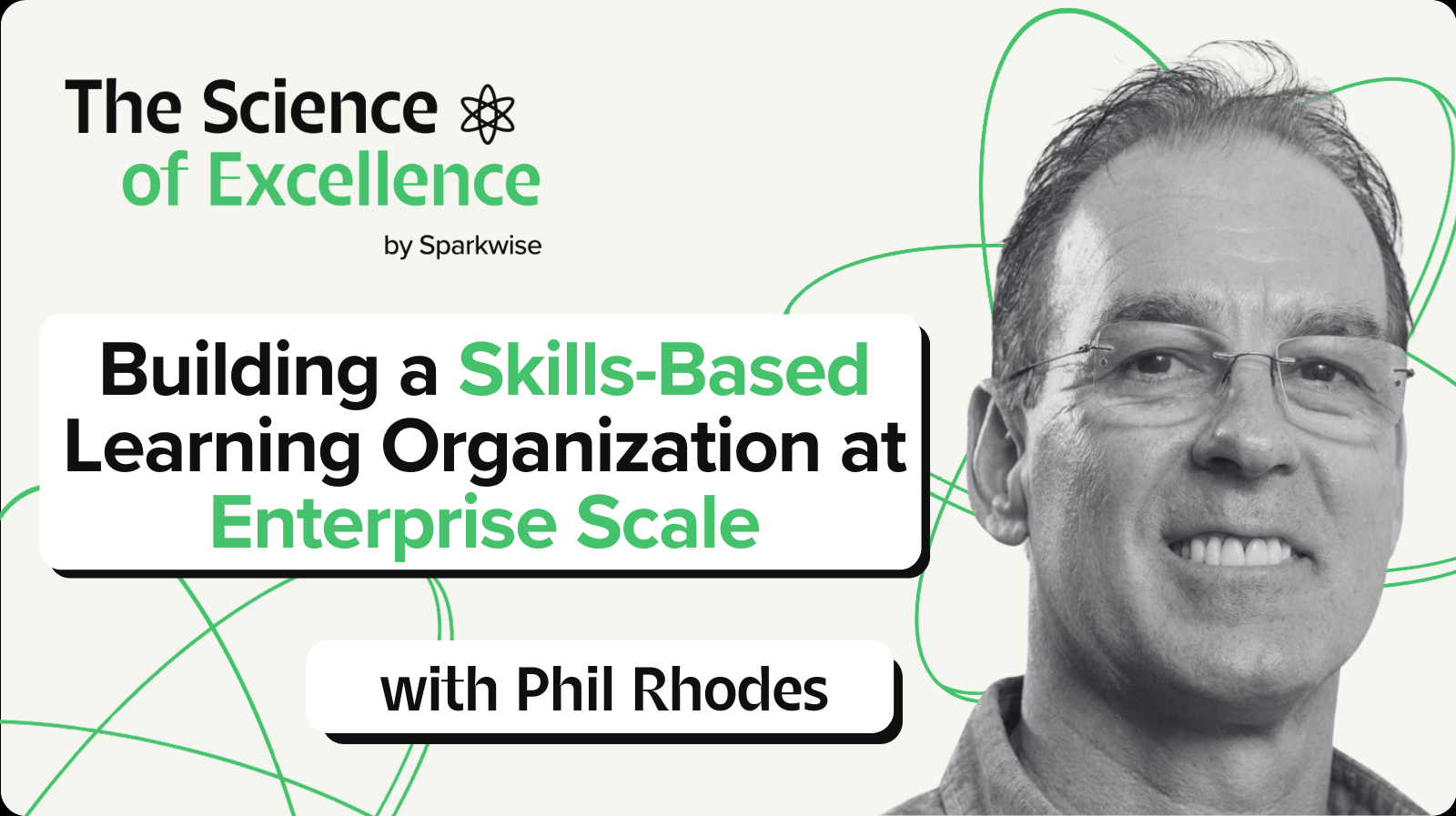Lauren Waldman, founder of Learning Pirate and an experienced learning scientist, lives at the intersection of neuroscience and L&D. With an extensive background in instructional design and facilitation, she pushes for a new approach to helping others learn by working with the brain rather than against it.
In this episode, Lauren and I explore the relationship between brain function and effective learning strategies. Our conversation covers a range of topics, from addressing cognitive overload to aligning learning design with natural memory formation.
To hear our full conversation and go deeper into the neuroscience of learning, listen to the complete episode here:
Let's explore 5 key points that help bridge the gap between how our brains work and how we design learning experiences.
The Neuroscience Knowledge Gap in L&D
Lauren's response about her neuroscience journey revealed a pivotal self-awareness that shaped her approach to learning design.
When I discovered neuroscience, it was a mixture of embarrassment and maybe a little bit of shame. Especially so far into my career as a learning practitioner and former educator, I realized I knew next to nothing about the actual thing doing the learning and remembering. We're never really taught about our own brains. So everything seems like, my god, how did I not know this? That was enough to really spark the flame, like pouring gasoline to ignite this massive fire, which inevitably led to my own transformation.
Neuroscience insights enable us to enhance our learning design strategies. By aligning our methods with how the brain functions, we can create more effective educational experiences. This approach leads to learning that is not only more engaging and memorable, but also harmonizes with the brain's natural processes for information processing, storage, and retrieval.
Tackling Cognitive Overload in Learning Design
As we discussed common shortcomings of L&D programs, Lauren pointed out a widespread issue:
They're so content heavy. It's just overwhelmingly so. When we've got too much content, we are overwhelming the cognitive load. We're overwhelming the working memory.
Working memory has limited capacity. When we bombard learners with too much information at once, we're asking their brains to perform an impossible task. To address this, we need to rethink how we structure and present information. This might involve breaking content into smaller chunks, incorporating more frequent breaks, or using spaced repetition to reinforce learning over time.
Implementing Focused Learning Strategies
Lauren spoke to specific strategies that can combat cognitive overload and emphasized the role of focused attention:
We need to attend to something and focus on it to give it the executive function needed to pass through our working memories and start creating that trace. Focus is so critical. Think about the last time you sat down for an hour or 90 minutes and had that designated time to solely learn something in your organizational environment, whether at the office or your home office.
Lauren's point highlights the issues with multitasking or trying to learn in distracting environments. By providing learners with uninterrupted time to engage with material, we can help them overcome cognitive overload and enhance information retention. This might mean redesigning learning programs to include more focused sessions, creating distraction-free learning environments, or teaching techniques for maintaining concentration.
Designing Learning Experiences Based on Memory Formation
With focused attention as a pillar, Lauren dug into how we can further align learning design with brain function. She emphasized understanding memory formation:
Memory is happening through all of these very intricate processes that are changing structurally in our brains. So the repetition, the rehearsal, and then circling back to.. you're saying, well, how do we design? How do we design learning experiences to align with the brain's natural memory formation process?
Memory formation isn't a one-and-done event—it's a complex process involving encoding, consolidation, and retrieval. By incorporating elements like spaced repetition, active recall, and contextual learning into our designs, we can work with the brain's memory systems. This not only enhances retention but makes the learning process more efficient and less frustrating for learners.
Embracing Neuroscience in the Age of AI
As we discussed the future of learning and the role of emerging technologies, Lauren cautioned against relying on AI without a solid understanding of how the brain learns:
Everyone's talking about AI in the learning and development space, saying you can get so much more content done. You can put in the parameters and it will give you all of your designs and courses. That's great, but if you haven't learned the fundamentals of how people learn, you still don't know how to validate if what you're getting out is going to work.
We can't simply rely on new technologies or trendy methodologies without understanding the fundamental processes of human learning. Embracing neuroscience means building a foundation of knowledge that allows us to leverage AI and other tools effectively, make informed decisions, and create learning experiences that resonate with how our brains work. This approach requires curiosity, humility, and a willingness to challenge our assumptions about learning – especially as we navigate the exciting but complex intersection of neuroscience, learning, and artificial intelligence.
Special Offer
Use the code 'SPARKWISE' for 15% off Lauren's series by visiting this page.
Learn more about Joining Forces With Your Brain here.




.png)

.png)




.png)


.png)
.png)









.png)











.png)